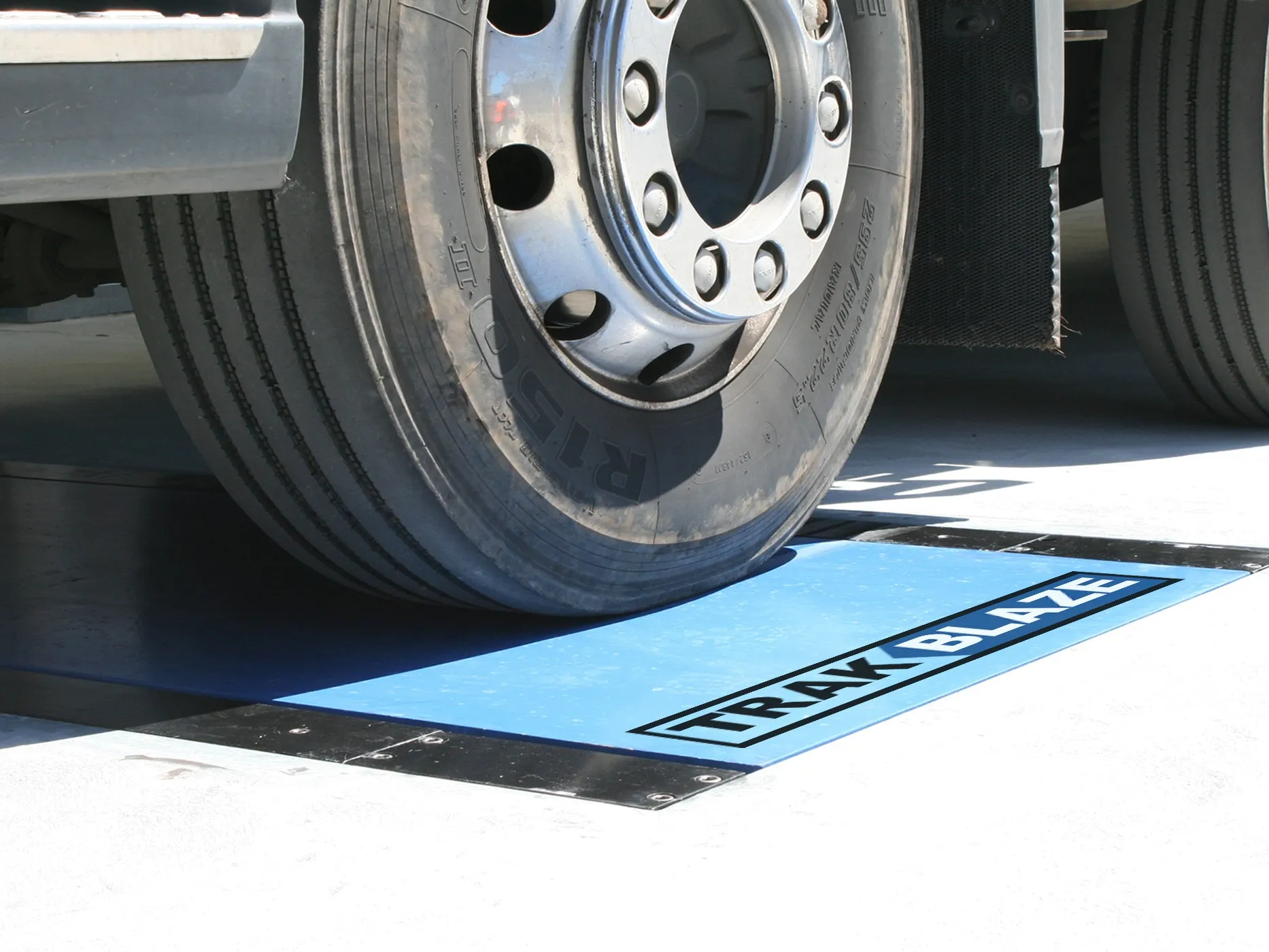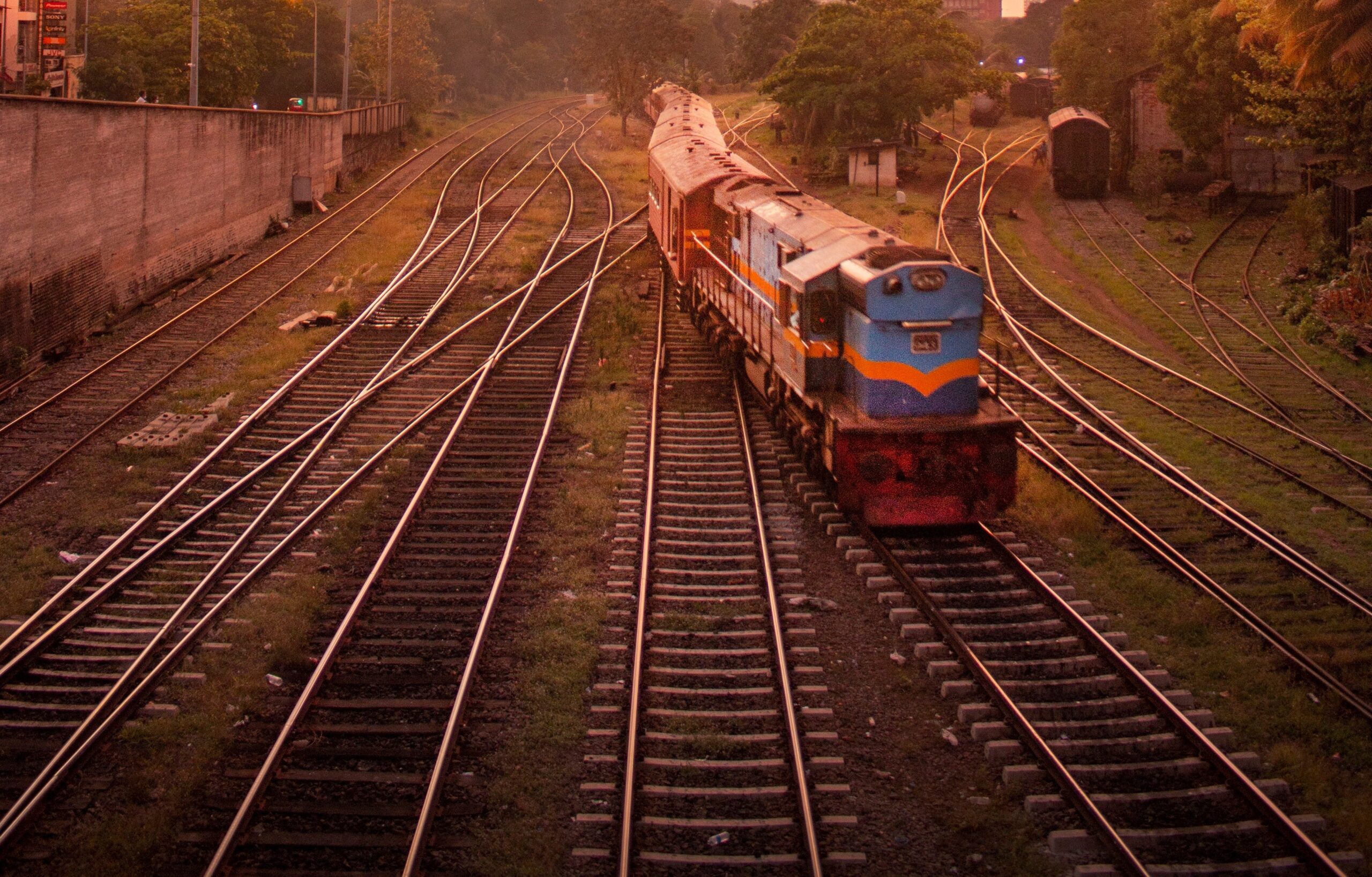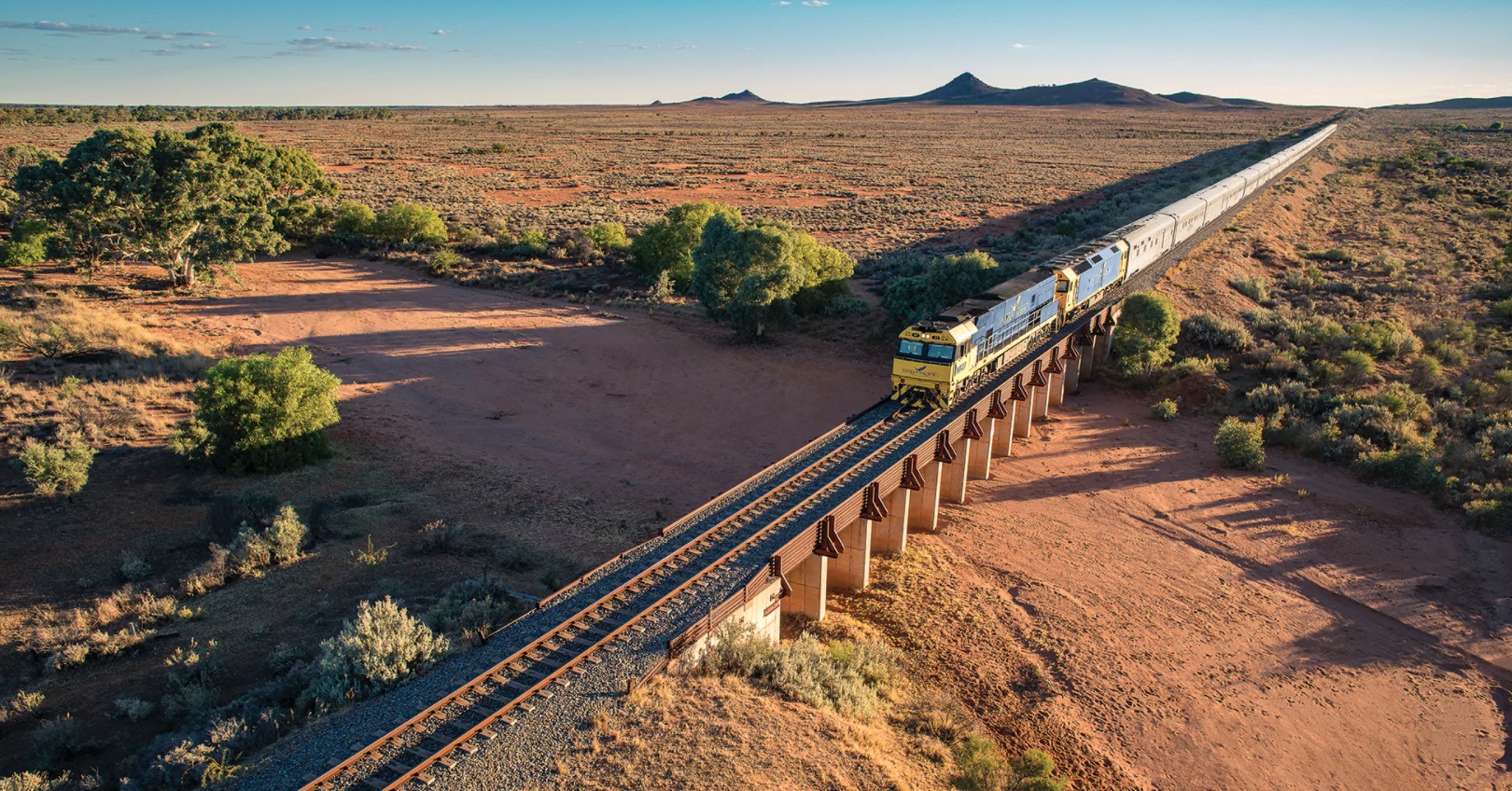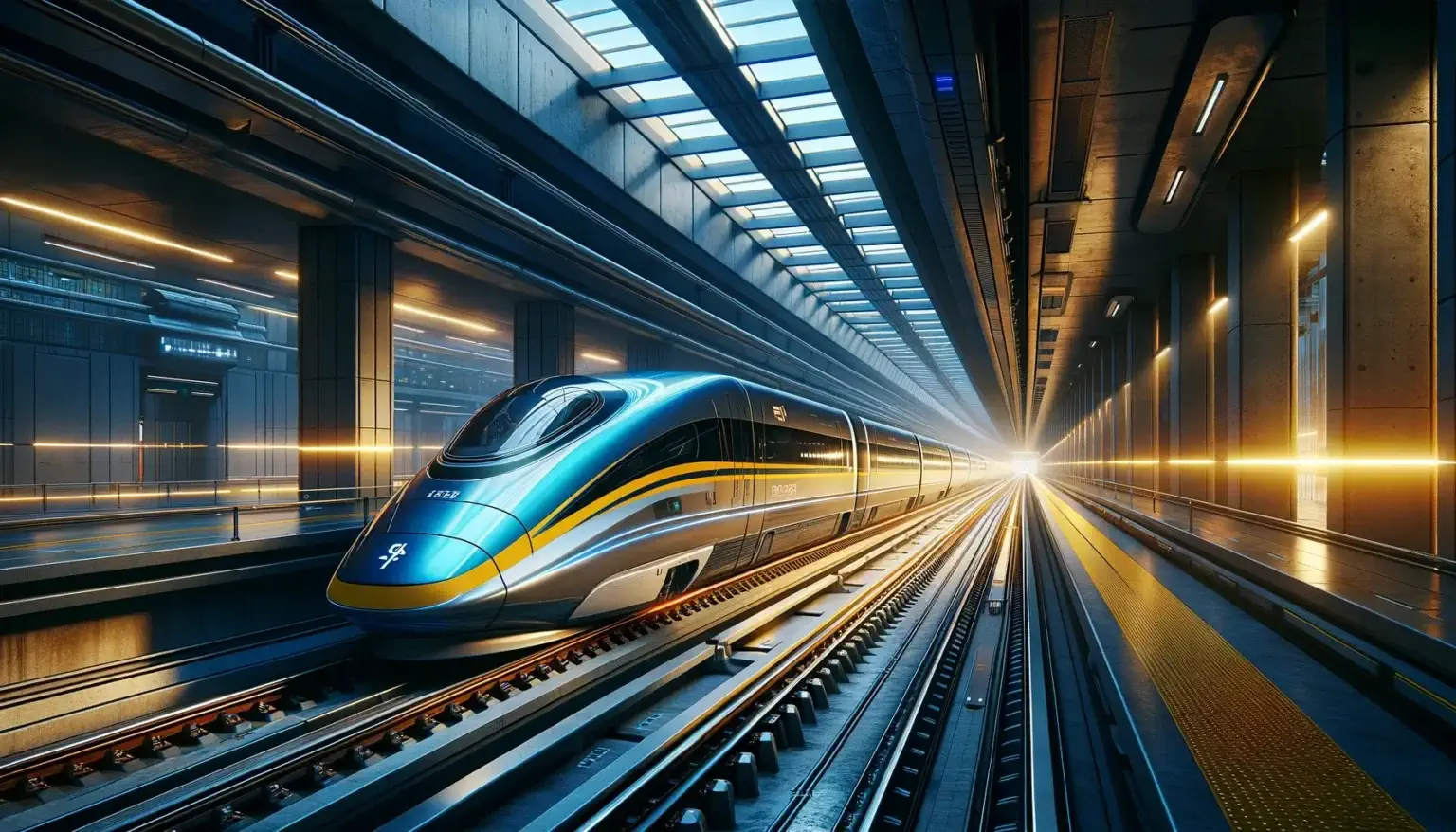At a glance
- Manned weighbridges offer oversight but are time-consuming and costly. Automated weighbridges are effective but lack human confirmation, which can have an impact on compliance.
- Automated weighbridge boosts productivity. However, they require high initial investment and could be vulnerable to downtime risks.
- Hybrid weighbridge solutions combine automation to offer speed with manual checking for accuracy.
- Business organisations willing to improve efficiency and compliance should take advantage of hybrid options for cost savings and scalability.
Weighbridges have become a must-have in the rail, road, mining, and aviation industries. It ensures accurate weight measurements, which in turn helps with safety and compliance.
Traditionally, companies relied on manned weighbridges that require human intervention. But, with the introduction of new technology, they adopted automated weighbridges for fast and effective operations. Nevertheless, both systems do have certain drawbacks.
As a result, companies that require weighbridges are inclining towards a hybrid system that combines the best of both and reduces limitations. In this blog, we will learn more about manned vs. automated weighbridges while covering why hybrids are being more accepted by industries.
What are Manned Weighbridges?
Manned weighbridges are the conventional option for weighing heavy commercial vehicles, and they require operators who oversee weighing activities, inspect loads, and manage compliance checks. These systems have been used as the industry standard for generations and are most common in truck weighbridges, mining, and rail loading facilities. Its examples are Pit Weighbridges, Surface-Mounted Weighbridges, etc.
Pros of Manned Weighbridges
Some features of traditional weighbridges have helped them become the industry standard for a long period. Here are a few of the major pros of this weighing option
- Human Oversight: They include operators who ensure correct readings and settle inconsistencies.
- Regulations: Manual verification of the weights in various commercial industries helps address weight rules and safety standards.
- Flexibility: It’s easier to solve problems and make changes on the spot without the need to make huge adjustments in the weighing systems as opposed to the modern automatic system.
Challenges of Manned Weighbridges
- Labour Costs: The manned weighing system requires staffing, which leads to higher operating costs.
- Slower Processing Times: Manual processes can slow down operations, especially in high-traffic areas.
- Human Error: When things are not automated, there is always a risk of errors due to miscalculations or manual data entry errors.
What is an Automated Weighbridge?
Automated Weighbridges are the new face of heavy commercial vehicle weighing. High-level technology, including sensor software, automates the process of weighing in various industries like rail, road, and aviation. It is extremely effective in high-tonnage logistics, mines, and big transport terminals where efficiency and accuracy in terms of weight are most critical.
For instance, in large-scale mines, such as in Western Australia, weighbridges for truck automation like the FORCE 2&4 Mining Truck Scale allow haul trucks to be weighed without stopping while they continue to move. This eliminates bottlenecking at mines, reduces downtime, and prevents trucks from crossing over excess allowable weights prior to being released into processing plants.
Read More: Factors To Consider When Selecting A Truck Scale For Mining Applications
Pros of Automated Weighbridges
Automated Weighbridges have various advantages, with some of the major ones being:
- Quicker Weighing Processes: This system significantly reduces bottlenecks by eradicating the need for manual verification.
- Higher Accuracy: Automation reduces human error by using digital weight sensors and computerised logging systems.
- Cost Savings: Although they might have a higher upfront cost, they offer long-term operation cost savings by lessening the need for manual intervention.
- Remote Monitoring & Integration: The automatic weighing system facilitates simple data integration with fleet management, compliance tracking, and reporting systems.
Challenges of Automated Weighbridges
The automatic system for weighing heavy commercial vehicles has brought many positive changes in the industry; however, it is not totally free from disadvantages. Here are some of the major challenges of this system.
- Initial Investment Costs: This automated system requires upfront investment in technology and infrastructure.
- Limited Oversight: There is limited oversight without human verification. This can lead to errors that may not be caught and, consequently, lead to compliance risks.
- Technology Downtime Risks: Considering these systems are fully automated, system downtime or cyber threats could lead to business disruption.
Why is a hybrid system the best approach?
A hybrid weighbridge system combines features of both traditional and automated weighing technology for optimum productivity, accuracy, reliability, and compliance. It uses automation to handle routine tasks while still allowing for manual checks when needed. Hybrid systems are being implemented in various industries, and this trend is growing.
The benefits of a Hybrid Weighbridge System are:
Optimised Efficiency
Hybrid systems use advanced digital load cells to deliver highly precise weight measurements. Therefore, there are fewer chances of human or mechanical error compared to fully analog systems.
Further, Hybrid weighbridge systems streamline routine weighing tasks through automation while still allowing for human oversight when needed. This balanced setup keeps operations running smoothly, even during peak periods or unexpected situations.
Enhanced Compliance & Security
Hybrid weighbridges offer automated data monitoring along with human verification for greater regulatory assurance. It provides accurate weight data, which helps to ensure compliance with legal load restrictions. Consequently, businesses can mitigate the risks associated with overloading, such as fines and safety issues.
Moreover, built-in features like overload protection and anti-slip surfaces further enhance safety during weighing operations.
Reduced Labour Costs with Controlled Operations
Hybrid weighbridges are more affordable than fully digital systems. Additionally, they also lower labour costs by automating most of the work, which reduces the number of operators required on site.
As a result, it allows the remaining staff to concentrate on higher-value responsibilities like verifying data accuracy, managing exceptions, and troubleshooting issues. Overall, these controlled operations eventually help increase productivity.
Flexibility & Scalability
Hybrid systems offer the flexibility to switch between manual and automated modes. They’re especially useful in facilities that need automation for everyday tasks but still rely on human oversight for exceptions or complex situations.
They can also grow with your operations; organisations can increase levels of automation over time, for example, by adding RFID technology or automated barrier systems as the operation requires additional functions. Hybrid systems are ideal for mining, transport, and logistics industries where weighing activities are diverse.
To sum it up, the benefits of a hybrid system outweigh both manned and automated weighbridges. Companies looking to transform their weighing operations can consider implementing a hybrid system to ensure cost-effectiveness, compliance, and business excellence.
Trakblaze offers hybrid weighbridges like the TRAKMATE – Rail Workshop Weighbridge and MTW – Mobile Train Weigher. If you’re interested, contact us now to discuss the ideal weighing solution for your industry.




